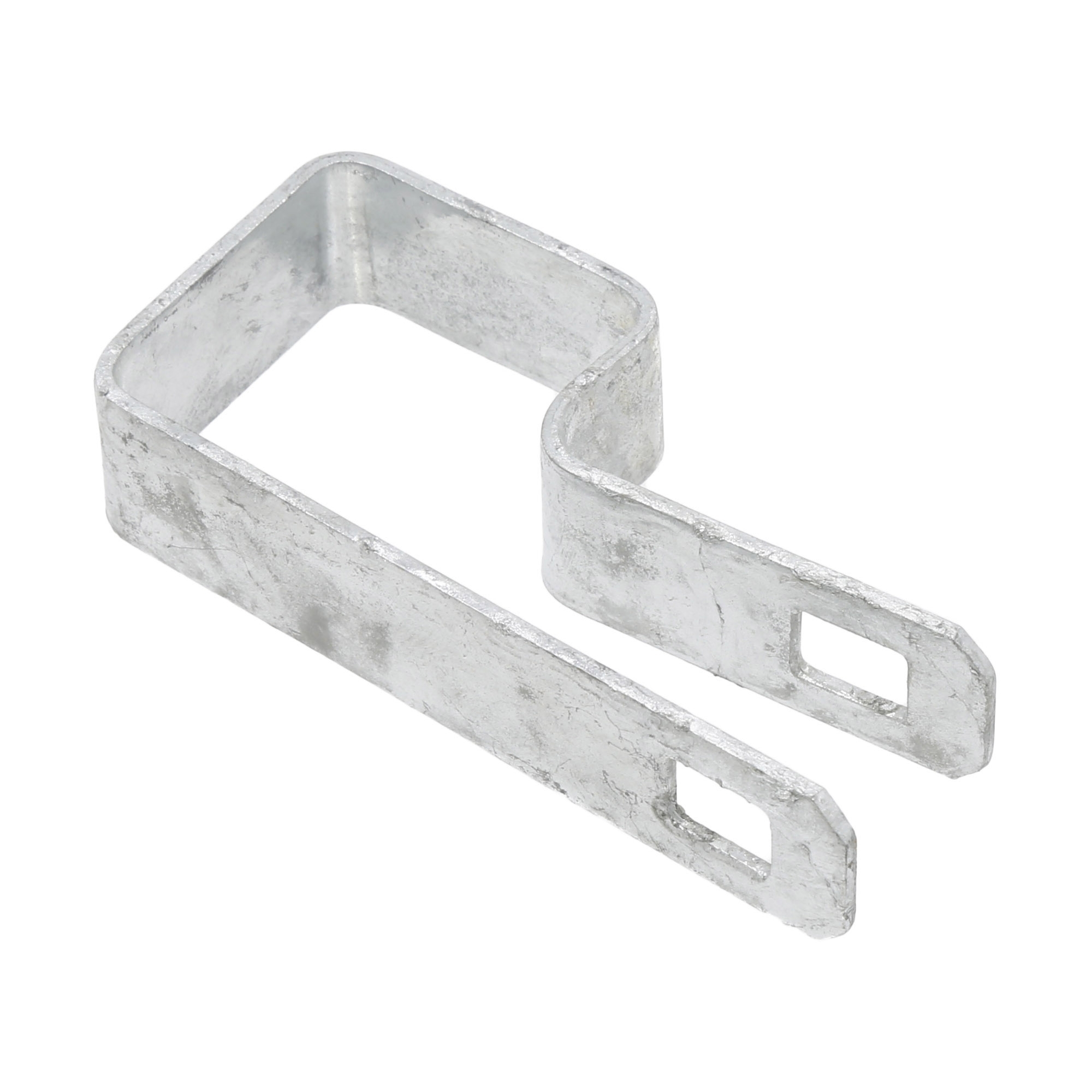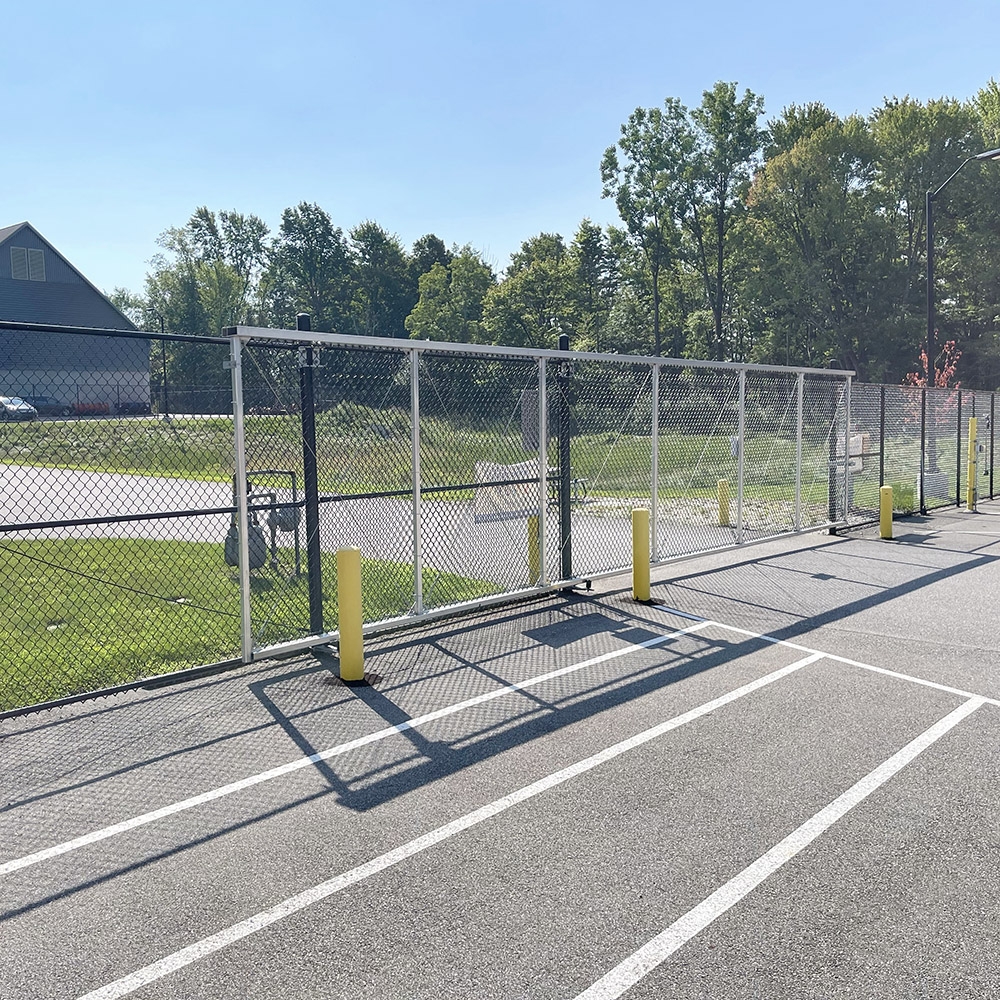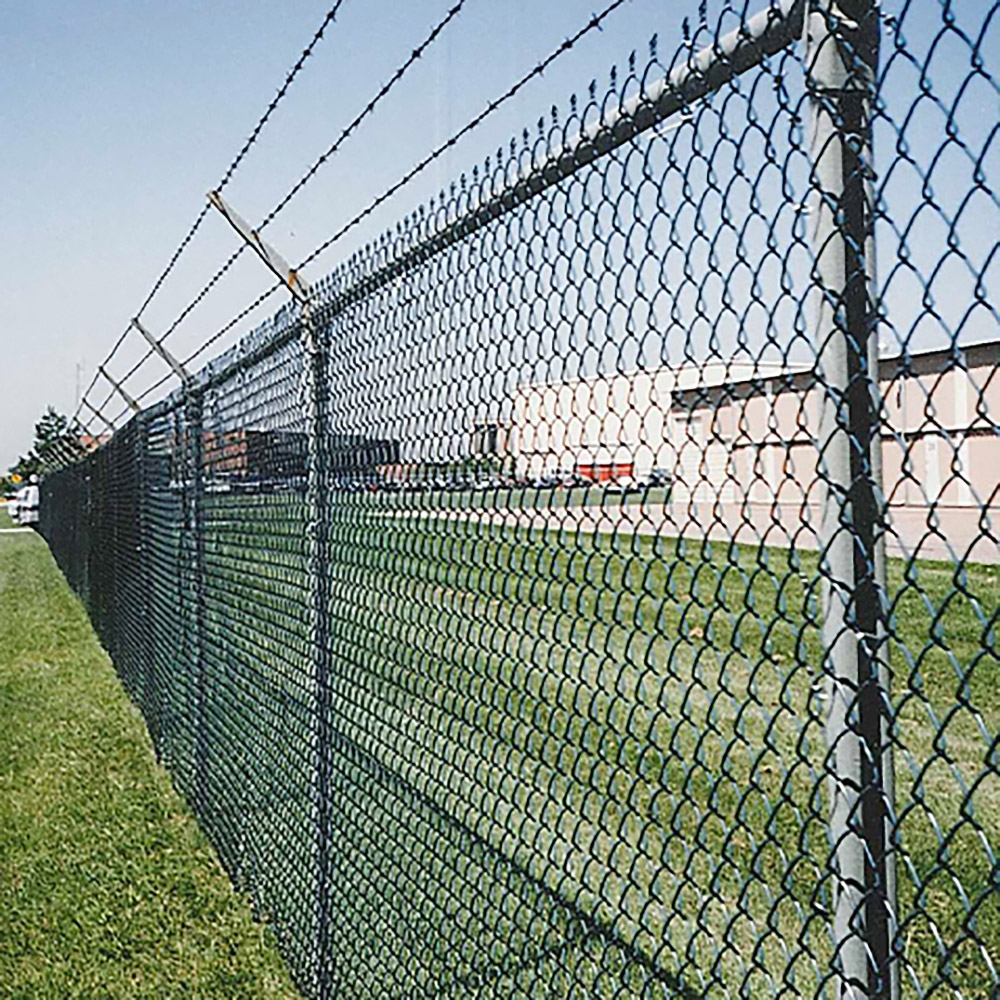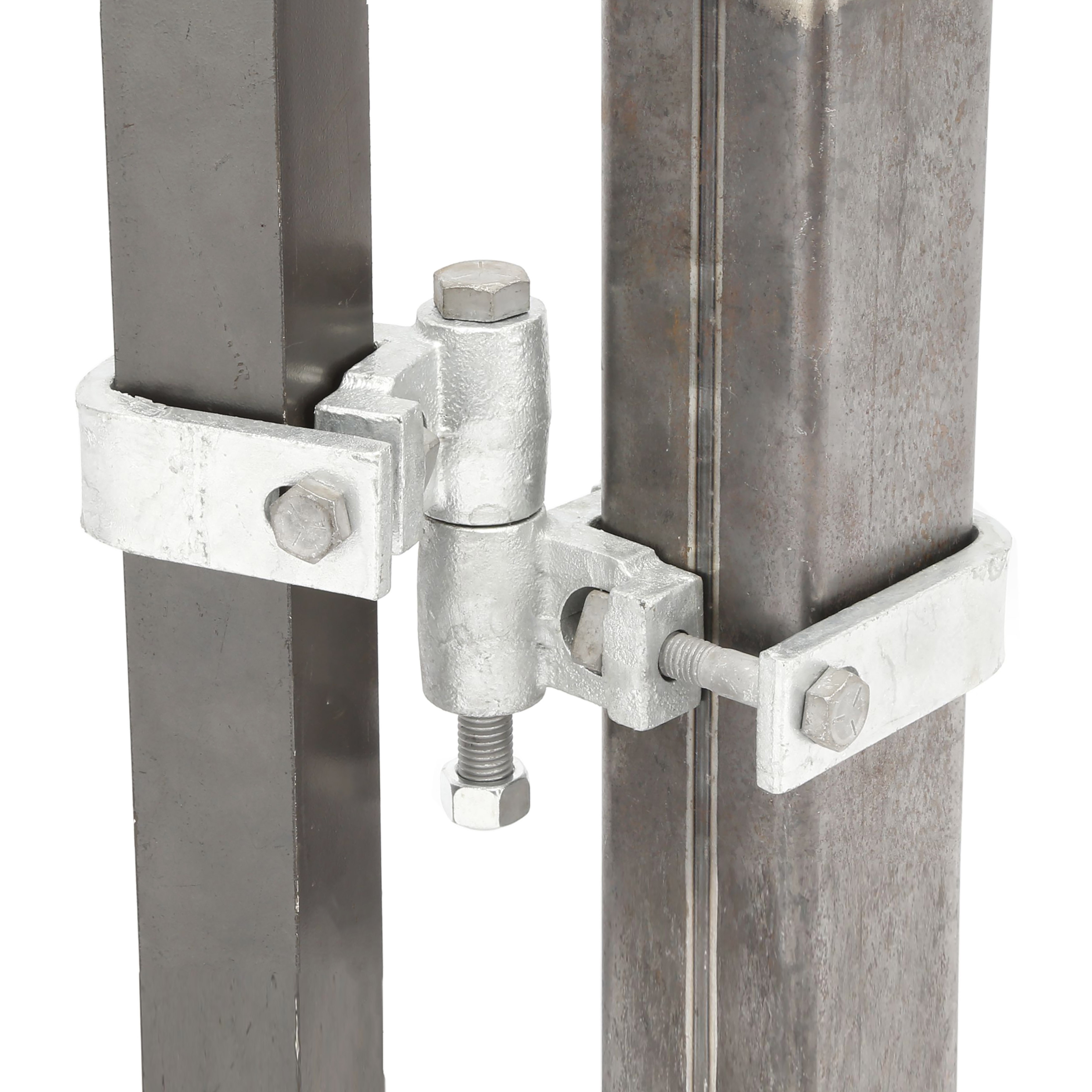Difference Between C-Posts and Square Posts
C-Posts and Square posts have a lot in common, but each has unique qualities that make them a great fit for certain applications. The good news is that a C-post and a square post with the same dimensions will fit the same applications. If you have additional questions on which type of post is ideal for your project or how to find the post cap, line top, drop fork or clamp to fit a post, give us a call at (888) 378-1149 and we'd love to help you get your project on the right track.
C-Posts
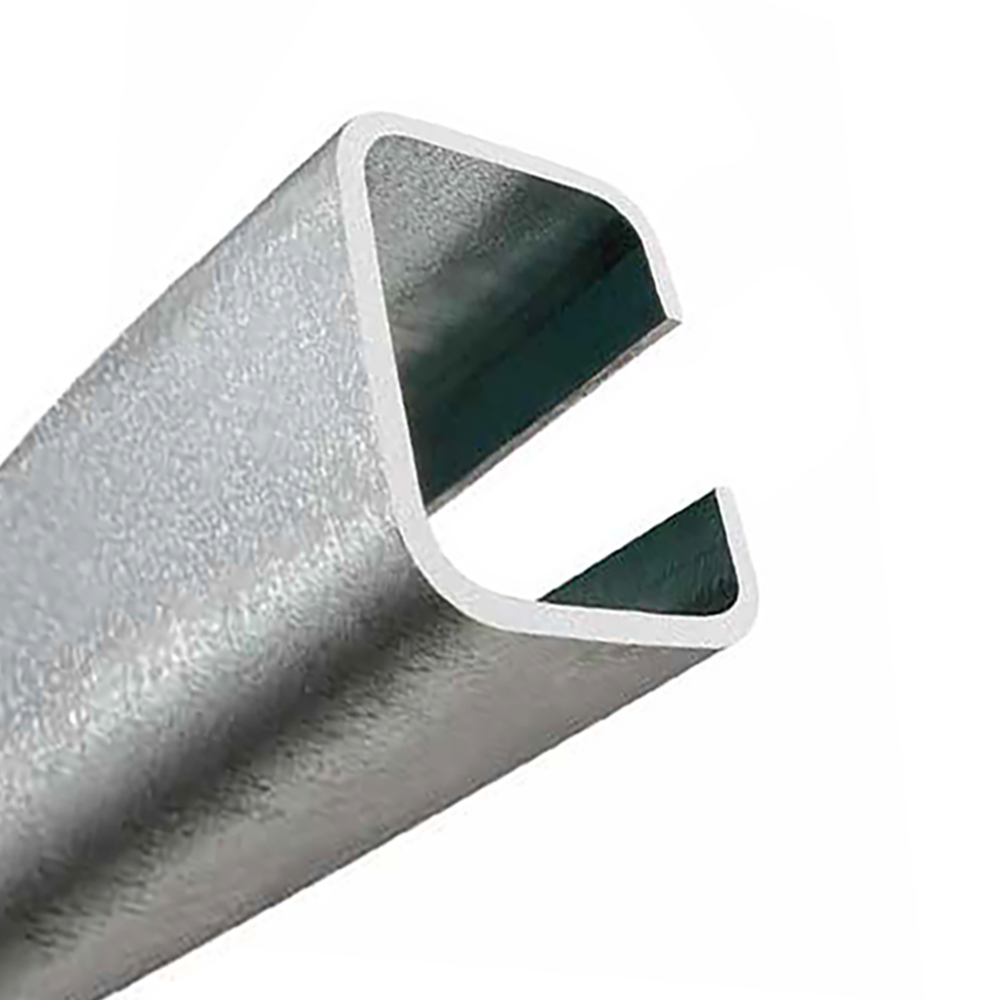
The open channel of a C-Post allows air to circulate better, helping to avoid condensation buildup inside the post. They are also easier to drive than most square posts - without requiring concrete use- and also better self-anchor.
This superior anchoring and holding power make them a great fit for traffic applications and other applications with demanding conditions. Compared to standard square posts, C-posts have a shape that facilitates superior bending strength and flexibility.
Square Posts
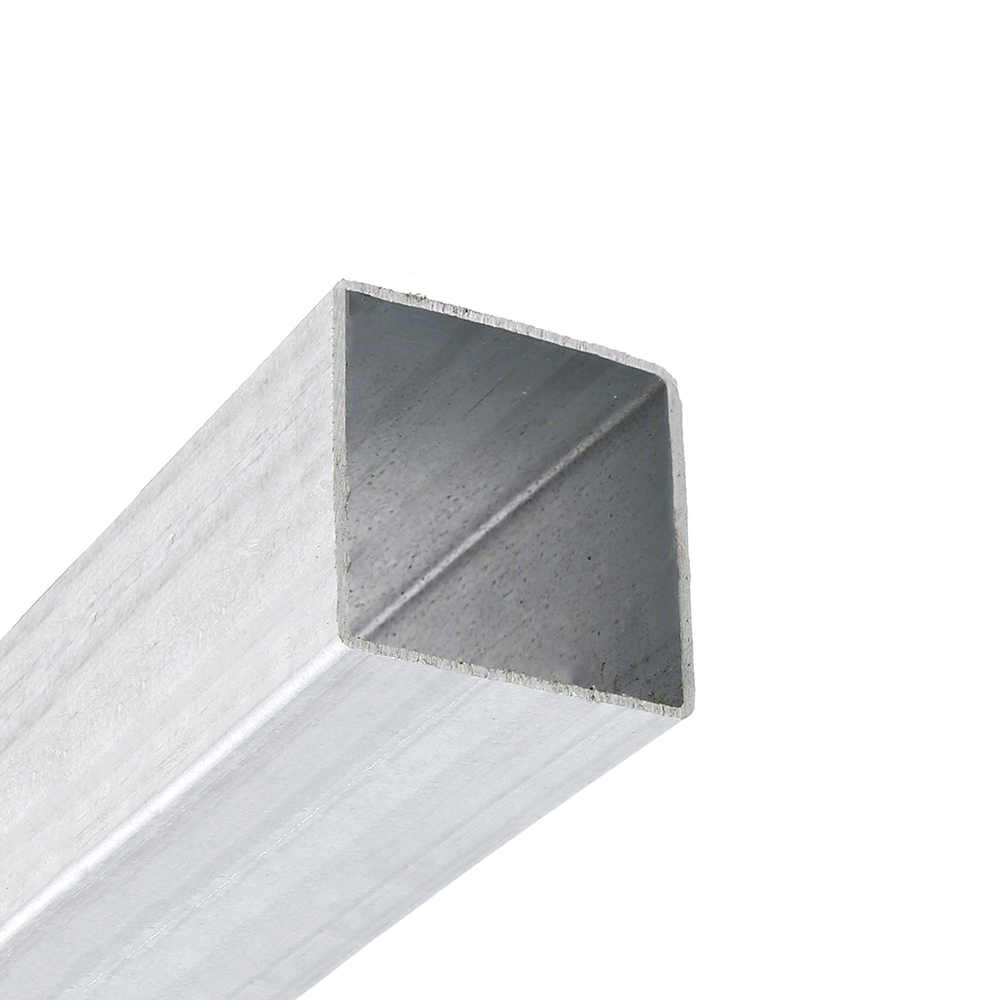
Square posts are fully welded all the way around, offering greater strength and stability. Without a C-post opening, they have a larger surface area for affixing fencing using screws or bolts.
They work well with most residential and commercial fencing applications and are easy to install. When used with a post cap, a square post can have a tight, sealed barrier to keep moisture and other elements out and protect the interior from rust and deterioration.
Essential Structural Fence Post Types for a Strong and Durable Chain Link Fence
When building a secure and long-lasting chain link fence, the type of fence posts used plays a crucial role in the overall stability and functionality of the system. Each post type has a specific purpose, contributing to the strength and alignment of the fence or gate. Whether you are installing a residential, commercial, or industrial fence, understanding these structural fence post types will help ensure a successful and durable installation.
Corner Posts: The Anchor Points of Your Fence
Corner posts are fundamental to any fence structure as they serve as the primary anchors that hold the framework together. These posts are generally larger and thicker than standard fence posts, providing additional support where the fence makes a 90-degree turn. Proper installation of corner posts is crucial, as they bear significant tension from the stretching of the chain link fabric. If installed incorrectly, the entire fence could become misaligned or unstable over time. Using reinforced materials and setting these posts in concrete will enhance their strength and longevity.

End Posts: Defining the Endpoints of Your Fence
End posts mark the termination of a fence section, providing stability where the fence line concludes. These posts are uniquely designed with pre-drilled holes on only one side, allowing the chain link fabric to attach securely. Commonly used at gates, property boundaries, or where the fence meets a structure, end posts play a crucial role in maintaining the integrity of the fence line. Ensuring that end posts are firmly anchored will prevent sagging or misalignment over time.

Line Posts: The Backbone of a Straight Fence Line
Line posts are essential for maintaining the structural integrity of long fence runs. These posts are evenly spaced along the fence line—typically about 10 feet apart—to provide consistent support. Unlike end or corner posts, line posts have drilled holes on both sides to accommodate the attachment of chain link mesh from two directions. Proper placement and alignment of line posts ensure the fence remains taut and structurally sound, even in adverse weather conditions. A well-spaced line post system prevents sagging and keeps the fence visually appealing.

Gate Posts: Supporting the Weight and Functionality of Your Gate
Gate posts are a critical component of any chain link fence system, as they bear the weight of the gate while providing a secure attachment point for hinges and latches. Depending on the fence design, a gate post can function as a corner, end, or line post. Because they must support the frequent movement and pressure of opening and closing the gate, gate posts need to be sturdier than standard posts. Choosing the correct size and material is essential for ensuring long-term functionality. Properly installed gate posts prevent sagging, misalignment, and premature wear on hinges and latches.

Frequently Asked Questions About C-Posts and Square Posts
What Are the Key Differences Between C-Posts and Square Posts?
C-Posts feature an open channel design that enhances air circulation, reducing condensation buildup inside the post. This design also makes them easier to drive into the ground without the need for concrete, providing superior self-anchoring capabilities. In contrast, square posts are fully welded on all sides, offering greater strength and stability. Their closed design provides a larger surface area for attaching fencing materials using screws or bolts, making them suitable for various residential and commercial applications.
In What Applications Are C-Posts Most Effective?
C-Posts are particularly effective in demanding conditions such as traffic-related installations. Their design allows for superior bending strength and flexibility, making them ideal for areas that require durable and resilient fencing solutions. Additionally, the open channel facilitates better air circulation, which helps prevent condensation and potential internal corrosion. This makes C-Posts a reliable choice for projects where environmental factors are a concern.
Why Choose Square Posts for Fencing Projects?
Square posts are a popular choice for both residential and commercial fencing projects due to their robust construction. The fully welded design ensures enhanced strength and stability, providing a solid framework for various fencing materials. Moreover, when equipped with post caps, square posts offer a sealed barrier that protects against moisture ingress, preventing rust and deterioration. Their ease of installation and compatibility with a wide range of fencing styles make them a versatile option for many applications.
Can C-Posts and Square Posts Be Used Interchangeably?
Yes, C-Posts and square posts with matching dimensions can often be used interchangeably in many applications. Both types of posts are designed to fit standard fittings and accessories, allowing for flexibility in fencing projects. However, it's essential to consider the specific requirements of your project, such as environmental conditions and structural demands, to determine which post type offers the most benefits. Consulting with a fencing professional can provide guidance tailored to your project's needs.
How Do I Select the Appropriate Post Type for My Project?
Selecting the appropriate post type depends on several factors, including the intended use, environmental conditions, and desired longevity of the fence. For areas requiring enhanced flexibility and self-anchoring, such as traffic applications, C-Posts may be more suitable. Conversely, for projects prioritizing strength and a sealed design to prevent moisture ingress, square posts are advisable. Assessing the specific demands of your project and consulting with fencing experts can help ensure the optimal choice between C-Posts and square posts.
Contact Us
Have questions about selecting the right fence posts for your project? Our team of fencing experts is here to help! Whether you need guidance on C-Posts, Square posts, or Installation best practices, we’re happy to provide the information you need to make an informed decision. Contact Us Today!
Contact Us
